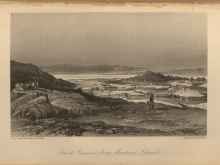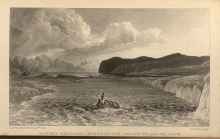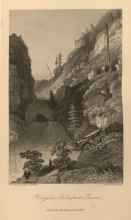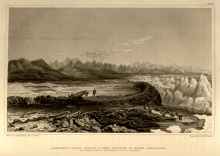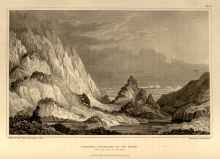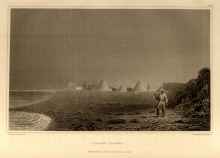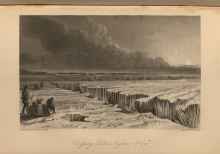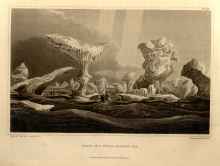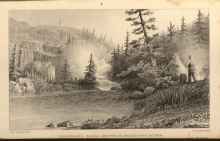The artwork of Sir George Back, Royal Navy explorer of the Canadian Arctic, invites our reexamination of the paradigms of Romantic visual culture via its depiction of the “otherness” that the Arctic represented to the British during the eighteenth and nineteenth centuries, as well as the difficulty of physically navigating that landscape. A compelling combination of the picturesque, sublime and “true-to-nature”—a combination sometimes found in just one image—Back’s artwork is almost equally aesthetically and scientifically driven, and as such walks a peculiar line that evades merely imperialist, picturesque, sublime or scientistic tropes.

